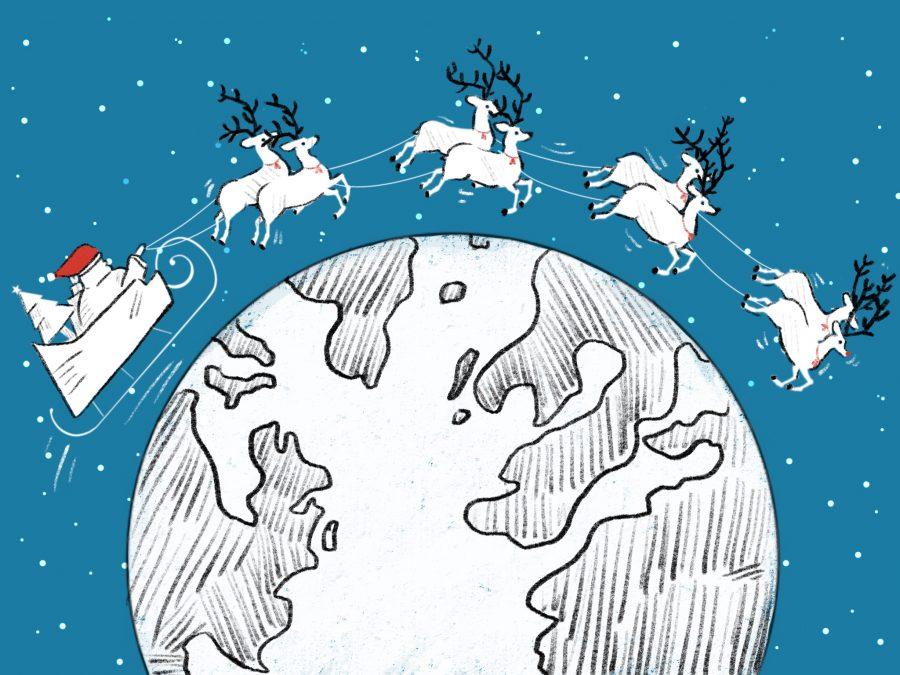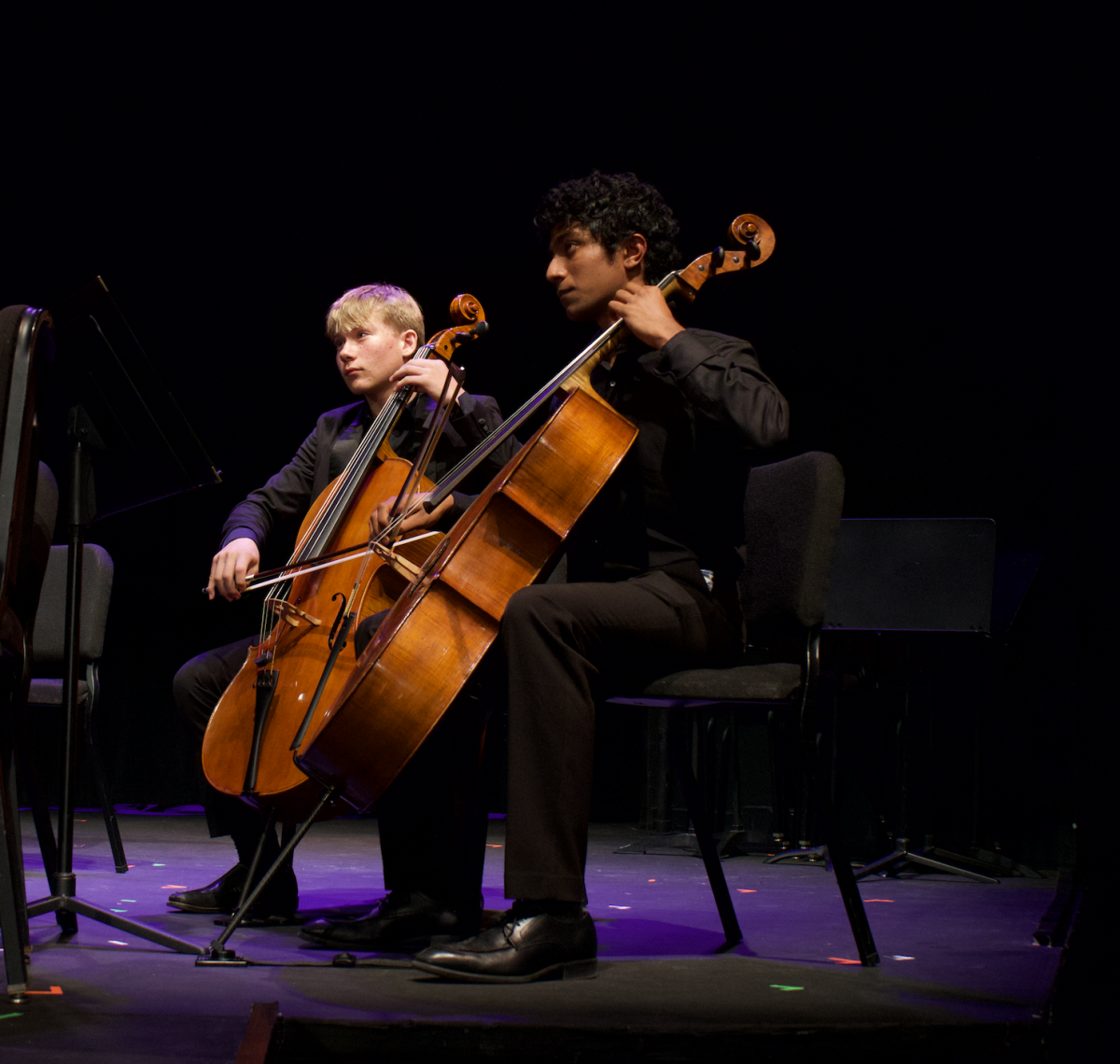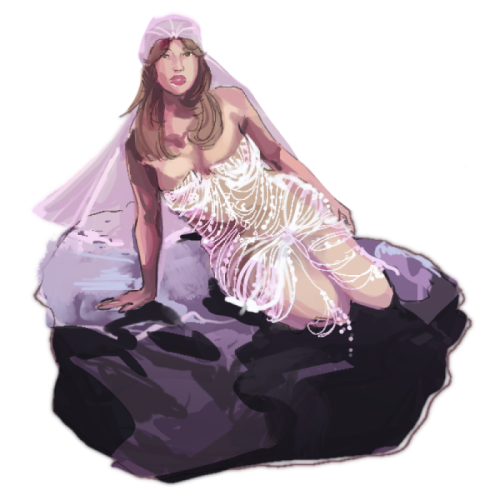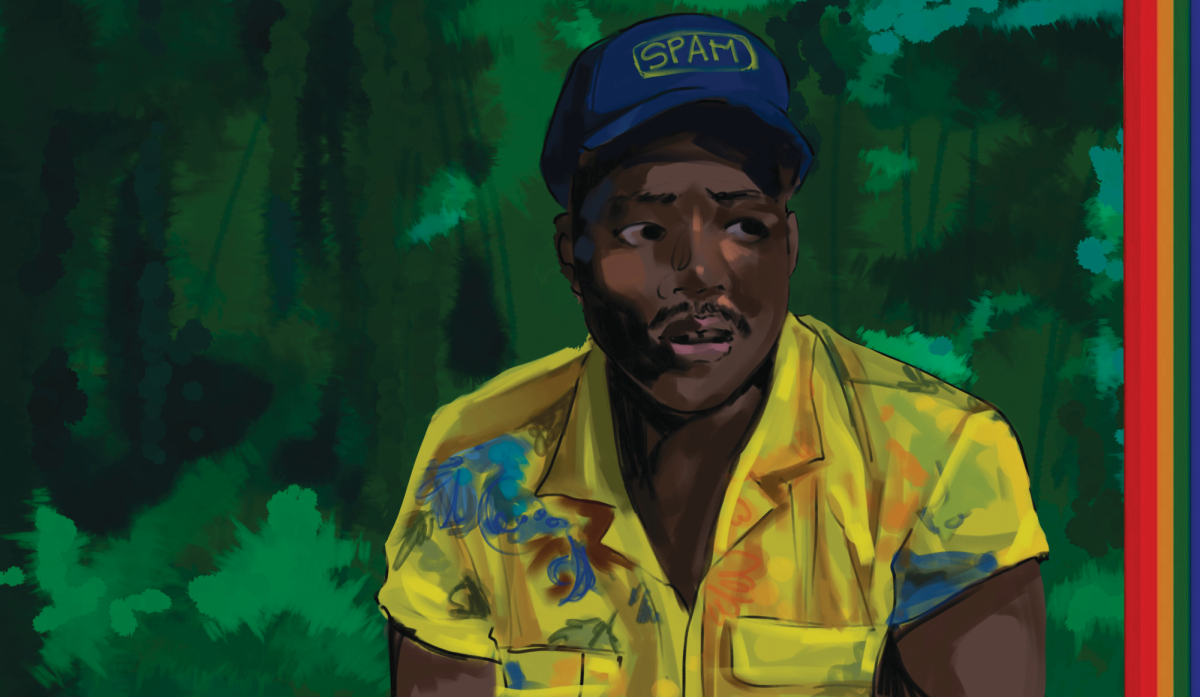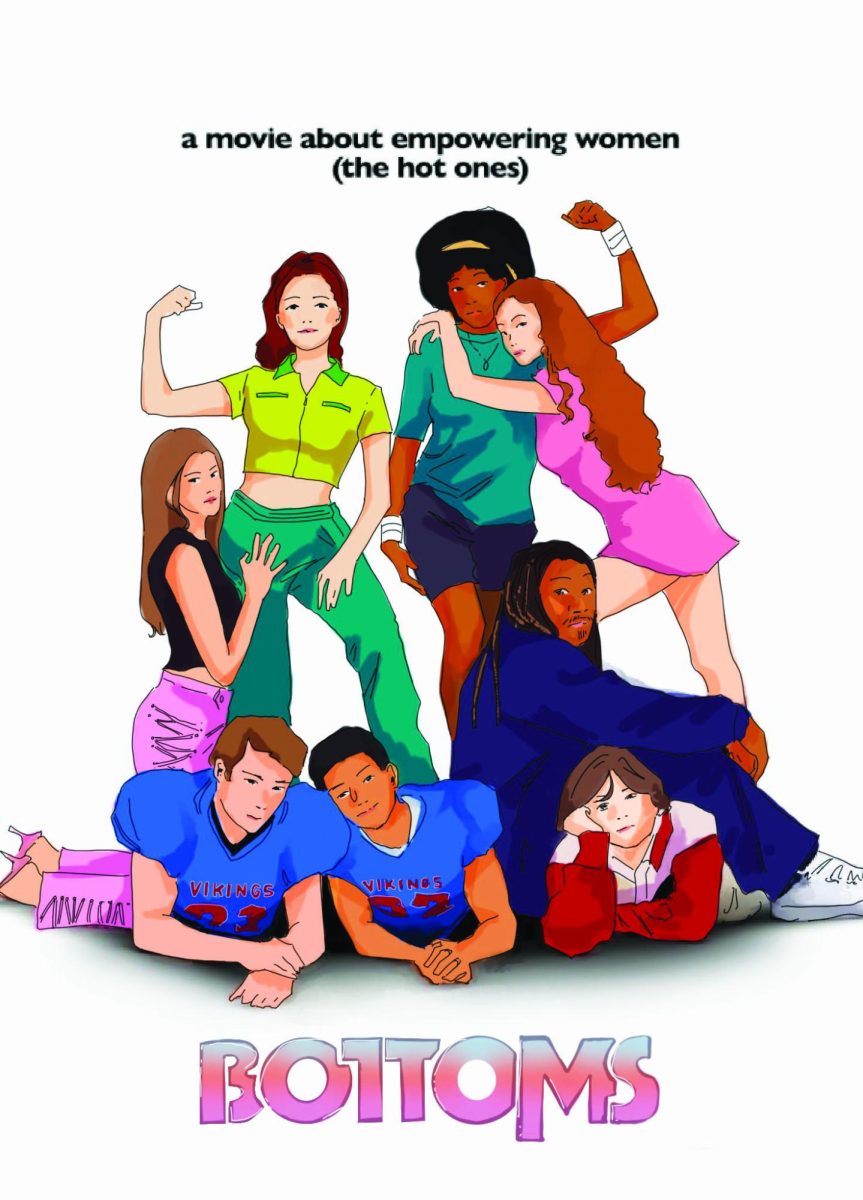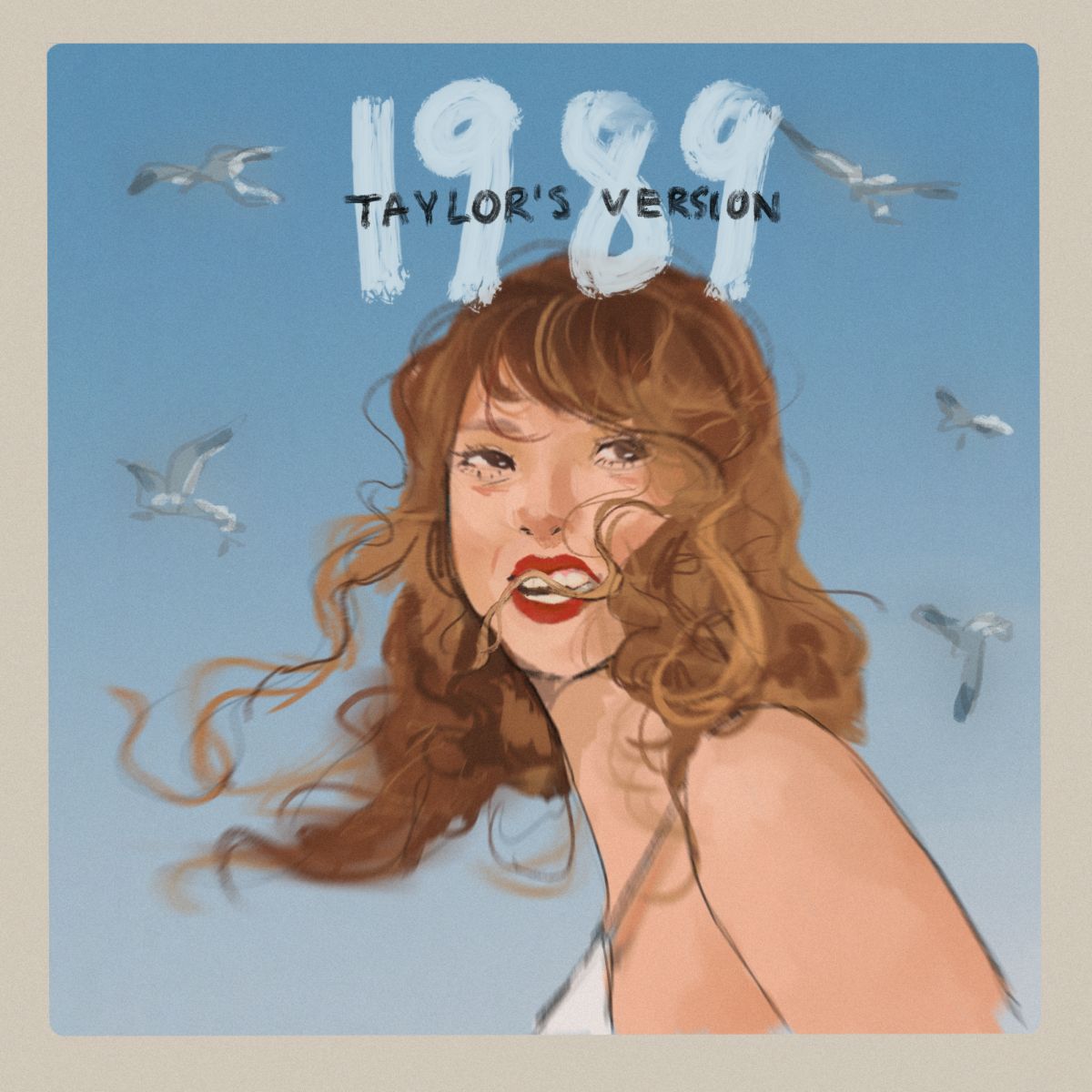When Angie Vasquez ’19 was a child, she became used to Santa Claus, the holiday figure she loved, as only being white. However, she said her perception of the jolly man in the red suit changed as she got older when she realized that Christmas focused only on white culture leading her to feel as though her own traditions were being ignored.
“The food you see in commercials and ads is typical ‘white food’ with the turkey and mashed potatoes, while I grew up with tamales and pupusas,” Vasquez said. “Seeing Santa as white in [television] and movies felt and still feels like a constant reminder that I don’t belong in this country, or that my people and I don’t fit into the norm.”
According to National Geographic, the picture of modern day Santa was first created in the 19th century by Thomas Nast, who only ever drew Santa as a white man.
“It’s a tradition for children, no matter their race, to go take their picture with Santa, and from a young age they are teaching children essentially that it’s not okay to be anything other than white,” Vasquez said. “It’s very subtle, but it’s there. I constantly felt out of place with my friends because my traditions seemed weird. I internalized much of the discrimination and felt like I needed to hide my traditions because it didn’t fit into the norm of what I saw around me.”
Vasquez also said that she believes diversity during the holidays is really important for young children.
“I think representation around Christmas time is extra important because it is such a big thing for children, and if they don’t see the diversity now when inclusion and love are being advertised so heavily, when are they going to see it?” Vasquez said.
While most cities in the United States have continued to depict Santa Claus’ race as white, some malls are branching out by presenting Santa as other races.
In 2016, Larry Jefferson became the first Black Santa at the Mall of America in Bloomington, MN, the biggest mall in America, according to NBC News.
According to the New York Times, diversity in the race of Santa Claus is also becoming more present in merchandise. They reported that Baron Davis, a former N.B.A. player, has a website called blacksanta.com where he sells merchandise such as clothing and wrapping paper that show depictions of black Santa.
Other Christmas figures have also opened up to more diverse characters, one of them being the Christmas ballet, The Nutcracker. Actress, dancer and choreographer, Debbie Allen, has taken the original production and recreated it, adding aspects of comedy and making the majority of the cast black. The ballet is currently on its eighth production. Allen has also changed the name of the play to showcase its diversity by calling it “The Hot Chocolate Nutcracker.”
Students like Skylar Graham ’20 said they celebrate an increase in diversity of holiday figures but also don’t want the concerns about diversity to overshadow the holiday.
“I think now, because the conversation of race and ethnicity is a bigger conversation at younger ages, I don’t think that it would be bad to expose kids to a black Santa or the Sandman as Asian, but we don’t really have the concept of what that would be,” Graham said. “I also think that it’s still important to focus on the spirit of Christmas that that person brings or like the connotation of Santa more than he has to look like.”
Sophia Nuñez ’20 said she thinks all young kids would benefit from diversity in portrayals of Santa Claus.
“I live in a white neighborhood, to me, it didn’t seem out of place, but looking back on it, I definitely held myself to ‘white’ standards, which were enforced by everything around me being white, like [portrayals of Santa Claus],” Nuñez said. “I don’t think diversity could possibly hurt anyone in this situation, and in most situations. Children need to see themselves in the media.”
A lack of racially diverse representations of Santa is not exclusive to the United States, Middle School Coordinator of Diversity, Equity, and Inclusion, Damaris Saenz said.
“Culturally there are some versions of [Santa Claus] in Latin America, but a lot of the Latin American countries that actually feature Santa Claus [are] definitely European-based, and then if you look at Central America it’s less Santa Claus, as it is the Three Wise Men who show up in January for kids,” Saenz said.
Saenz also highlighted the fact that some communities are not even exposed to Santa Claus at all.
“As it pertains to the Latinx community here in the United States, it’s definitely going to depend on a socio-economic factor whether there [is a gift-giving figure] or what type of gift giving figure comes your way,” Saenz said. “Growing up here, socioeconomically challenged, we didn’t have Santa at all. It’s more than if there is an ethnically diverse Santa Clause, the question is there any kind of Santa Claus.”
Josue Martin ’20 said he thinks it’s important for there to be more diversity in portrayals of Santa Claus.
“I think kids should be seeing more diversity, so that they can see people like themselves who are contributing to life and can be important people,” Martin said.



























